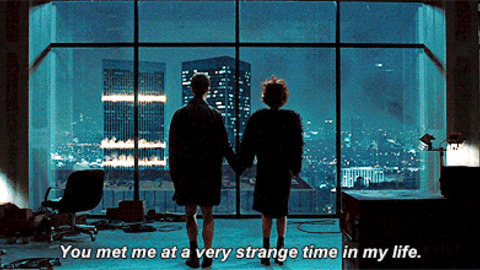"Perhaps because there's such a physical component of identity formation in the 90s images, while teens today might accomplish that more online.But it's very different when you're describing your various identities on digital platforms to when someone is in your space asking you things. The pressure of constructing multiple identities online is a very different kind of pressure, because you're aware of how you're being seen, so you can curate a self for each site and do it multiple times a day. It requires self-consciousness; you're in charge of that persona and are trying to create a unified presence."Really interesting glimpse into the creation of identity through objects and self vs the media.
Read the article here
(Have a great bank holiday weekend!)
Mr Lane





